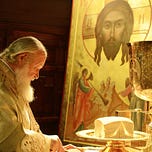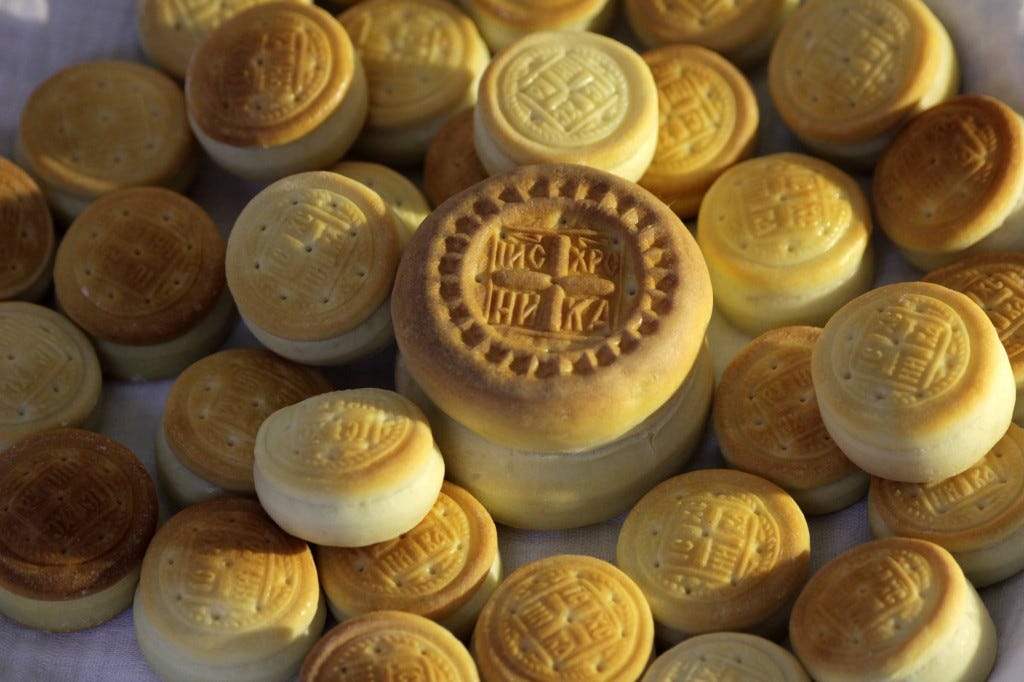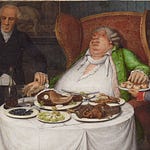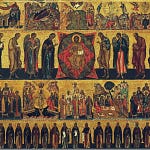“[They] strain at a gnat, and swallow a camel…” - Matt 23:24
A few days since, I happened to stop by a shop which sold church supplies - books, censers, chalices, etc.
As an aside, the word chalice is a curious example of a phenomenon which is pervasive in Church culture - we start using words that are commonplace and continue to use them, but centuries later, these words sound elevated. Koine Greek was the dialect of Greek common not only to the Bible and the Church Fathers, but also to Plutarch, Marcus Aurelius, and an army of imperial bureaucrats. Elizabethan English used to be something that people actually spoke, not merely read on Sundays from the King James Bible.
The word chalice came into English from the Latin calix, through the Old French chalice. (Although, the ecclesiastical term may have come into Old English directly from Latin as cælic.) All it really means is a cup (Old English cuppe - also of Latin origin). In other words, the relationship between cup and chalice is similar to that between cow and beef, sheep and mutton, or help and aid - one is Anglo-Saxon and the other one is French. And yes, it turns out that the plural for chalice is chalices, not chali. Pity! At least, for cuppe the plural is cuppan.
While I was browsing through the shop - or shoppe, as it were - I noticed some very nice cutting boards. The boards were very well made; and since I dabble in woodworking, including making cutting boards, I paused for a closer look. The label on one of the boards stated that it had not been treated with oil and was thus suitable for the proskomide (from the Greek προσκομιδή - oblation).
The proskomide
Of course, this makes perfect sense. The proper ingredients for the prosphora (from the Greek προσφορά - offering) are pure wheat flour and water. (It is common in some traditions to also add salt to the prosphora dough, although this is not done everywhere.) Left to undergo natural processes, this mixture will rise nicely in a few days in the warmth of the Mediterranean. In the hands of a skilled baker, the dough will be risen on the third day (cf. Lk 24:7) and baked “early, when it [is] yet dark” (John 20:1), to be ready for the Church to celebrate the Eucharist and partake of the Body of the risen Lord. Alas, such art is rare nowadays, and commercially-produced yeast is commonly used to speed up the rising of the dough. Prior to the late 18th century, no commercial yeast was available, and the ecclesiastical baker’s only option would have been sourdough leaven (cf. Matt 13:33). Also, until even more recently - just half a century ago - freezers were not available, and prosphoras had to be baked fresh before each Liturgy.
Prosphoras
Listen to this episode with a 7-day free trial
Subscribe to Phroneo to listen to this post and get 7 days of free access to the full post archives.














